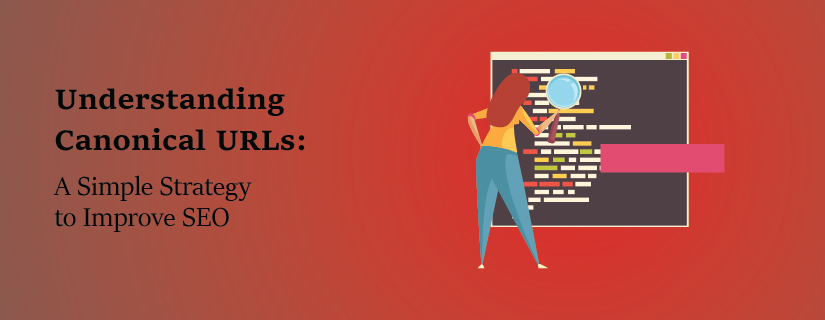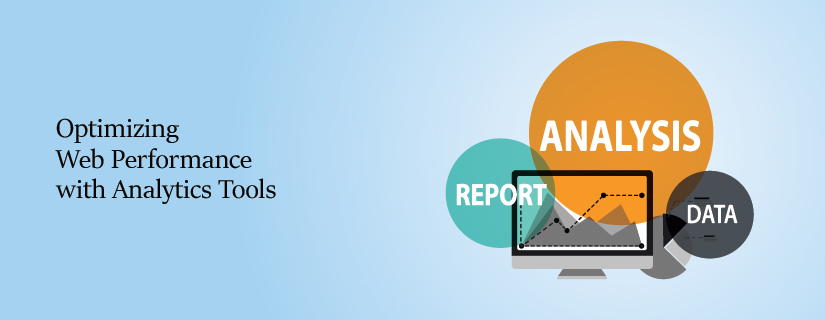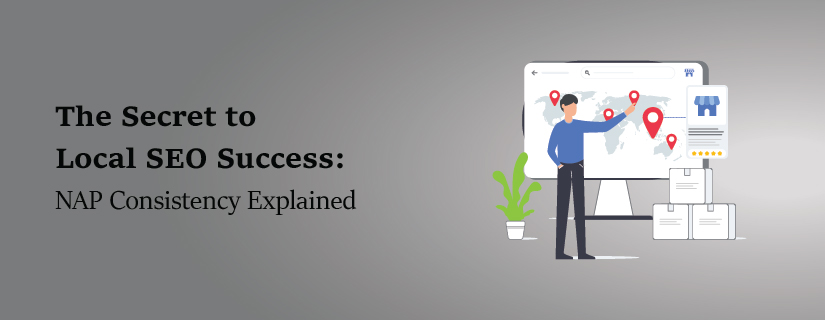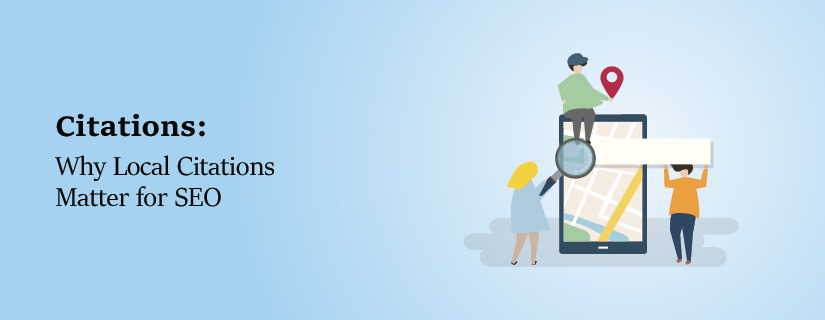- /
- Blog
- /
- Enhance Website Ranking with...
Enhance Website Ranking with
Effective Cross-Linking
Enhance Website Ranking with Effective Cross-Linking
Web users interact within cyberspace, making use of websites that are interconnected. Cross-linking refers to a linking technique where pages within a website or among different websites are linked to improve navigation and enhance SEO for the website. Since cross-linking directs users to related information, it helps in engaging users more actively, decreasing bounce rate, and assisting search engines to index pages. Well cross-linked pages allow firms to build a better website structure and enhance their ranking in search engines. This article covers the meaning of cross-linking, its advantages, and guidelines for minimizing or maximizing it.
What is Cross Linking?
Cross-linking, also known as cross-referencing, is the process of creating a link from one webpage to another page either on the same domain or a different domain. These links function as digital guides directing users and search engines to related content. Cross-links serve, depending on how they are crafted, to improve user engagement, create contextual relevance, and also allocate ‘link juice’ across various web pages.
There are two main types of cross-linking:
Internal Cross-Linking – Links within different webpage sections or pages of the same website.
Benefits of Internal Cross Linking:
- Assist users in searching for content that is related to one another with ease.
- Direct page rank to key pages.
- Improves the structure of a website for indexing.
- Increases engagement by enhancing user concentration around the site.
External Cross-Linking – Links from one domain to another that can be connected to it.
Benefits of External Cross-Linking:
- Improves the domain authority’s reputation when receiving links from authoritative websites.
- Builds a credible case for the claim and thought leadership in industry.
- Helps in building referral traffic from different sites.
- Improves SEO with increasing number of links from high ranked domains.
Cross-linking is one of those hotshot techniques that is very powerful, yet very subtle. If used the right way, it can reinforce a website structure, enhance the rankings, while maximizing the time users spend on the website.
The Use of Cross Linking in SEO
For SEO, Google’s search engine refers to the pages of a website through the links, hence retrieving the page structure through which they organize, get relevant, and sort out the pages. Cross-linking is one of the vital strategies that affects SEO – it determines how search engines crawl, index content, and rank it. Here are some of the primary benefits of cross-linking:
1 .Tends to Increase the Indexing of Your Website : All search engines race through a particular website in search of a page. They click on the various links so as to discover and index content. So, if the user does not link any page, it would prove very difficult for the search engine to find it and rank it. Cross-linking guarantees that all the important pages are indeed very accessible and indexed properly, which increases the chances of these pages appearing within the search results.
2 . Link Equity Redistribution – Enhances Page Authority
Every web page comes with a specific “link equity” or ranking power. When the high ranked and authoritative pages link with the low ranking pages, they transfer a bit of their authority to help them rank better. Through Cross-linking website owners tend to share links with lesser pages to disperse link equity, which is tangentially going to boost the visibility of those specific pages on the search results.
3 . Lower Bounce Rates, Higher User Engagement : Definition: Bounce rate is the percentage of visitors to a site who leave after viewing one page. A high bounce rate, when a significant portion of a webpage’s viewers do not engage with its content and simply close it, implies that the average user does not find the content engaging or relevant. Cross-linking leads to pages being viewed within the same site, thereby lowering the bounce rate and increasing the duration of time spent on the site.
4 . Helps Optimize Keyword Strategies
The use of anchor text in cross-links improves keyword optimization for the given page. When internal links utilize relevant keywords, search engines link those keywords with the associated page, hence boosting its relevance with the term for the search made.
Best Strategies for Effective Cross-Linking
- Descriptive Anchor Text
- High-Value Pages
- Natural Flow
- Over Linking
- Mobile Friendly
- Regularly Updating Auditing Links
Want to maximize your marketing ROI? Our audit & consulting services help identify what’s working and what’s not.
Cross-Linking is indeed an important strategy that improves the cross navigation of a website, improves the sites’ SEO and keeps users engaged by directing them to relevant content. If done properly, it increases the chances of distributing the page authority, enhances indexing the web pages and lowers the bounce rate of users, which improves the ranking of the website. Companies and businesses need to take a systematic approach cross linking both internally and externally, so that it becomes of use rather than a hassle. Following the rules make it easier for a brand where lastly brand can optimize his web identity and create a flawless web experience for the users. Use Cross Linking from this day to achieve best results for your website’s visibility and performance.
Share this Article On:
Recent Updates
- 12 February 2025
- 12 February 2025
- 12 February 2025
- 12 February 2025
Have a Question?
If you cannot find answers to your queries, please fill out the enquiry form. We will contact you shortly.

